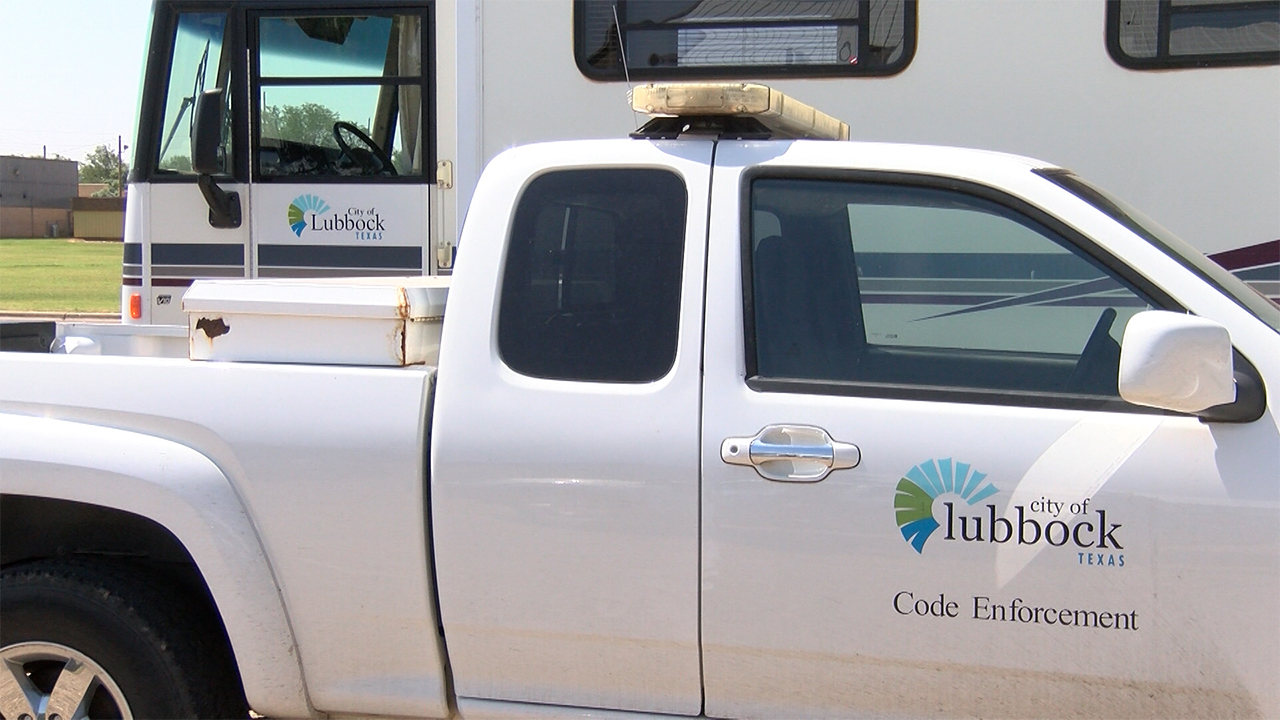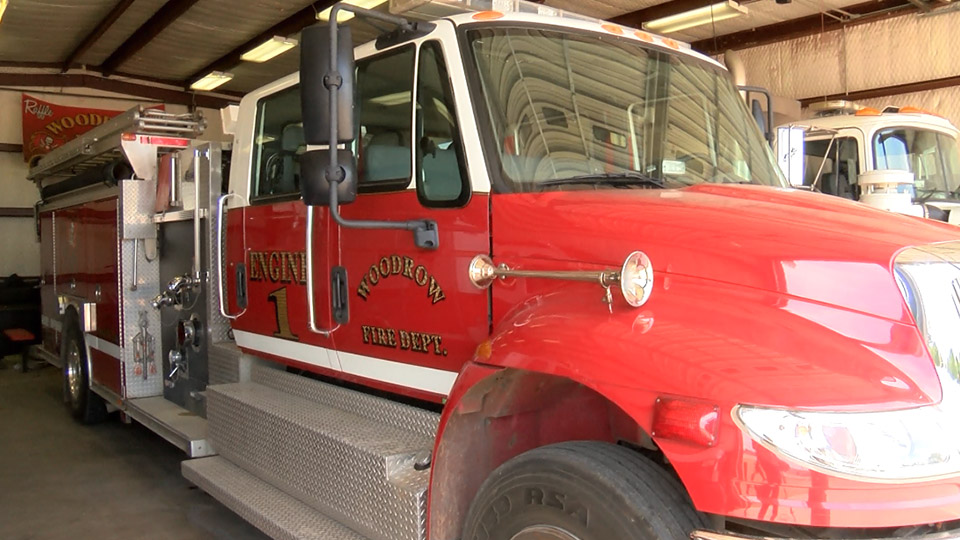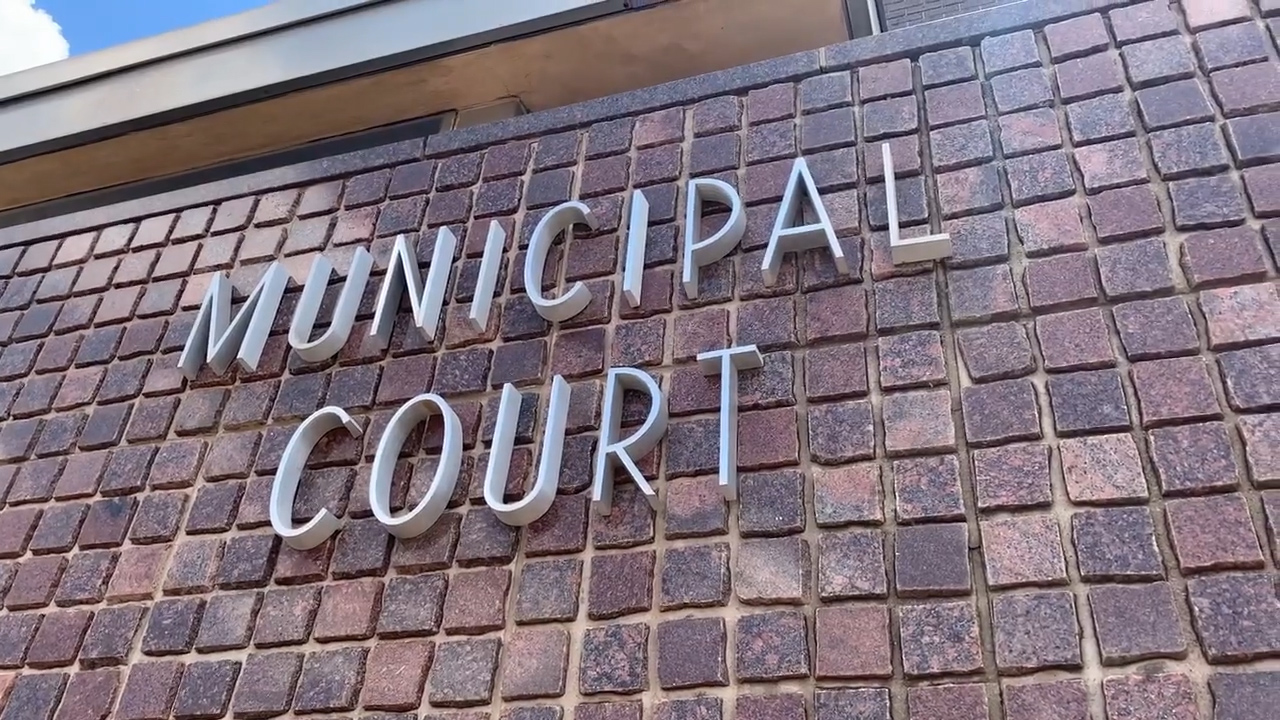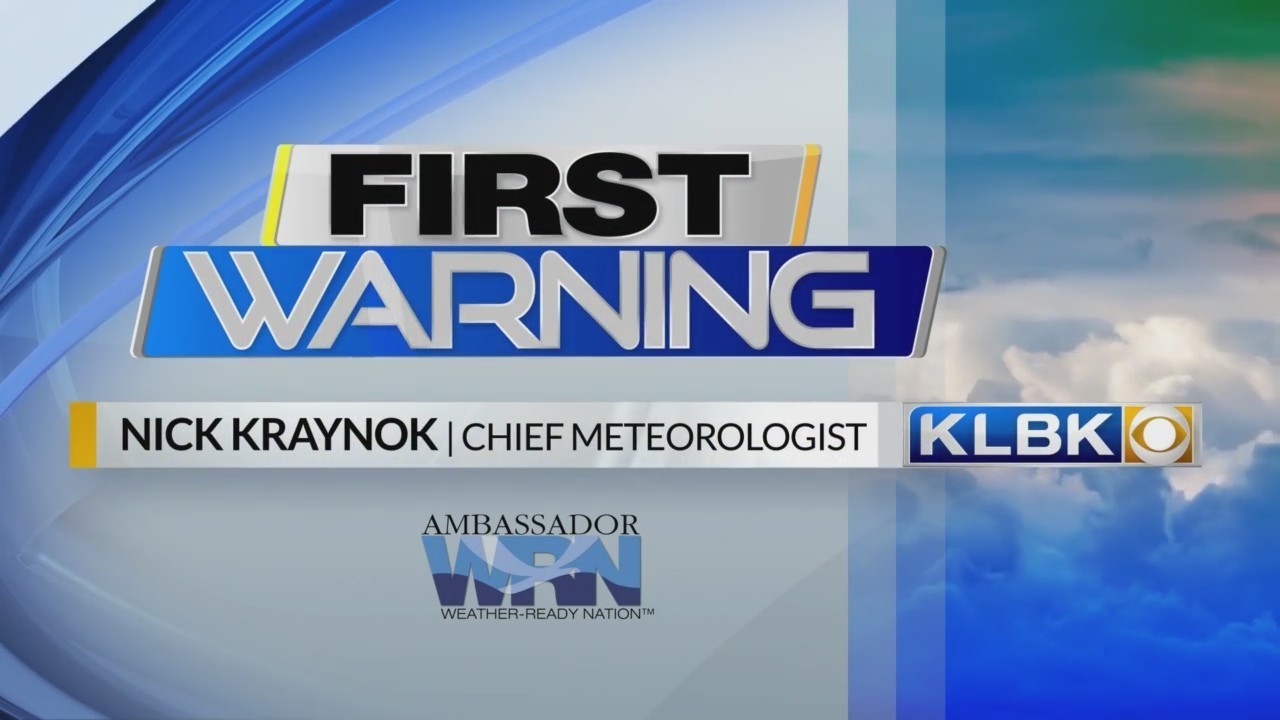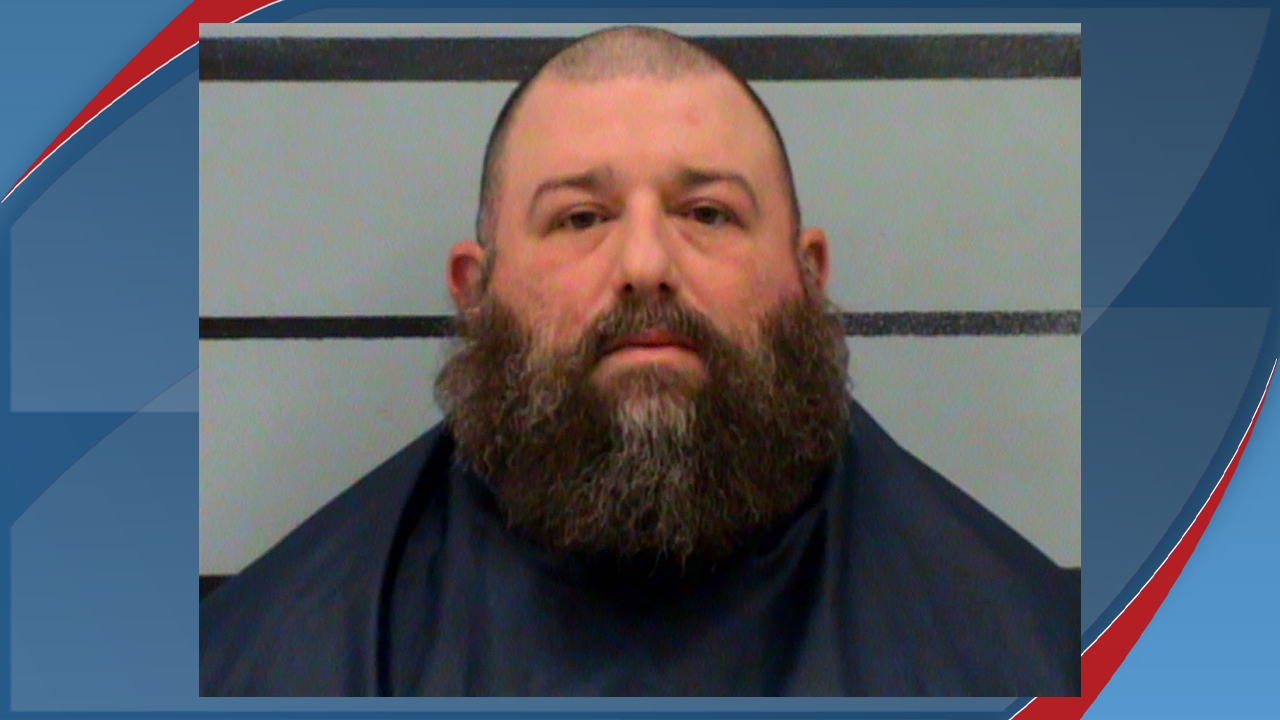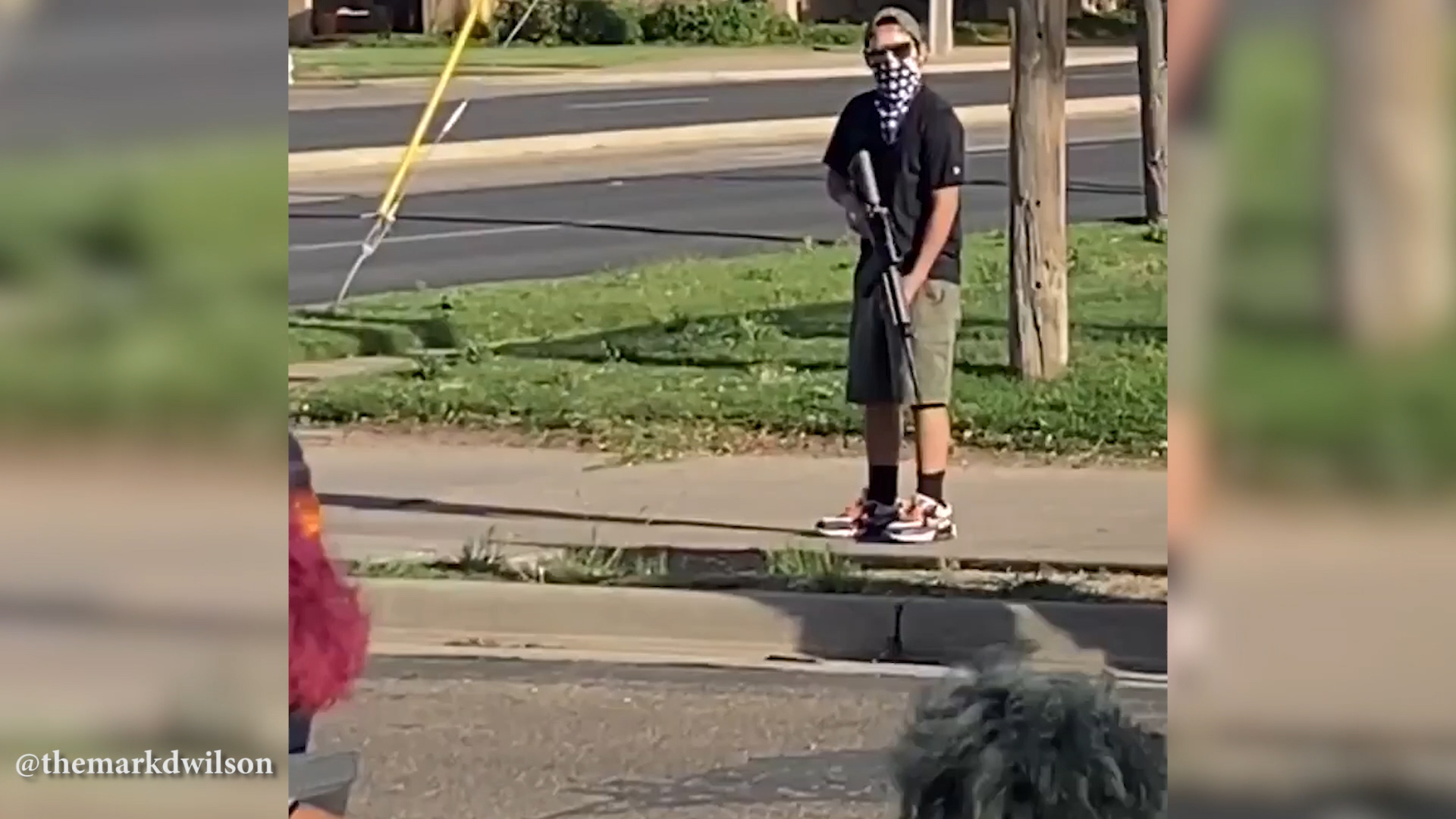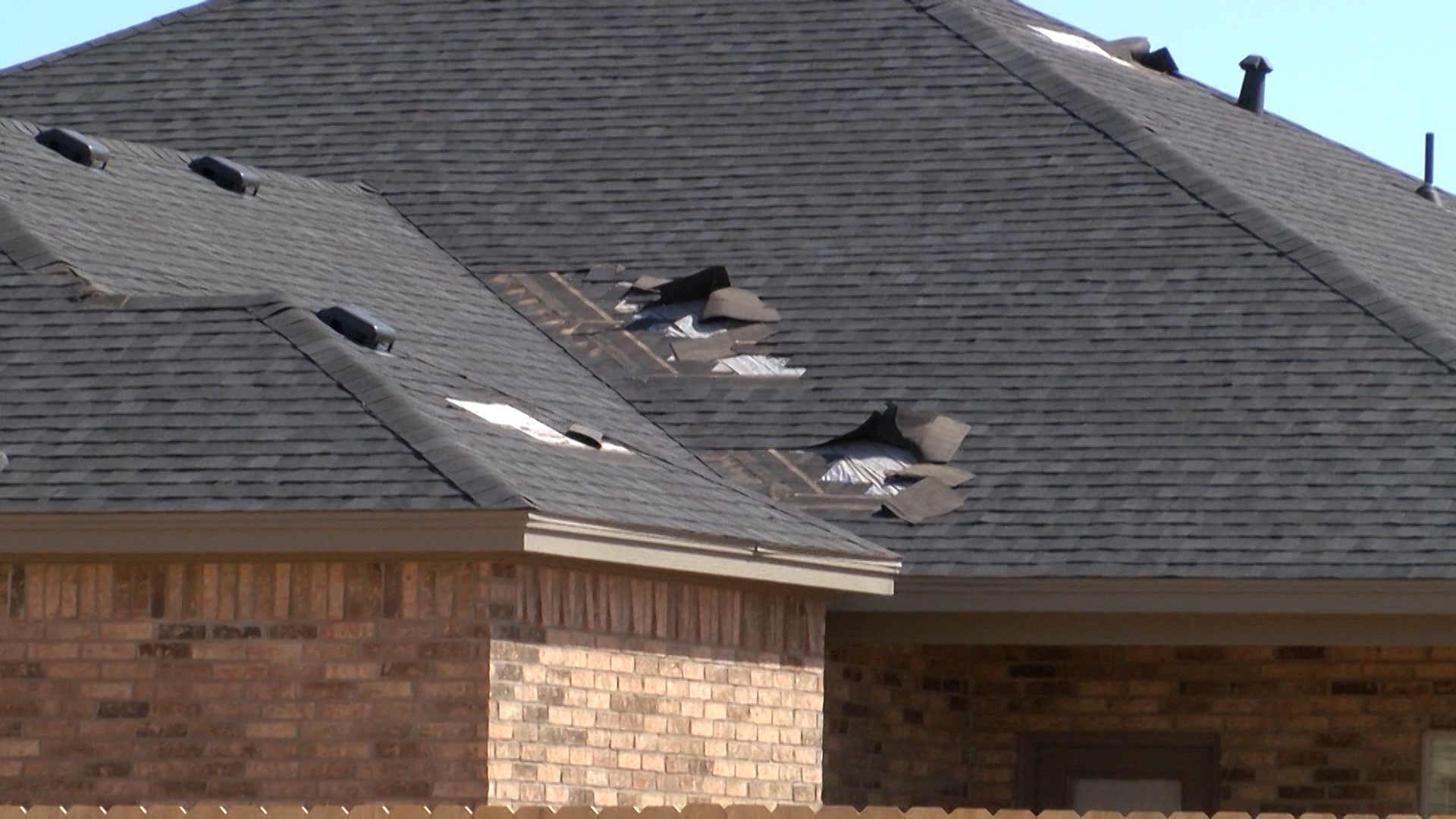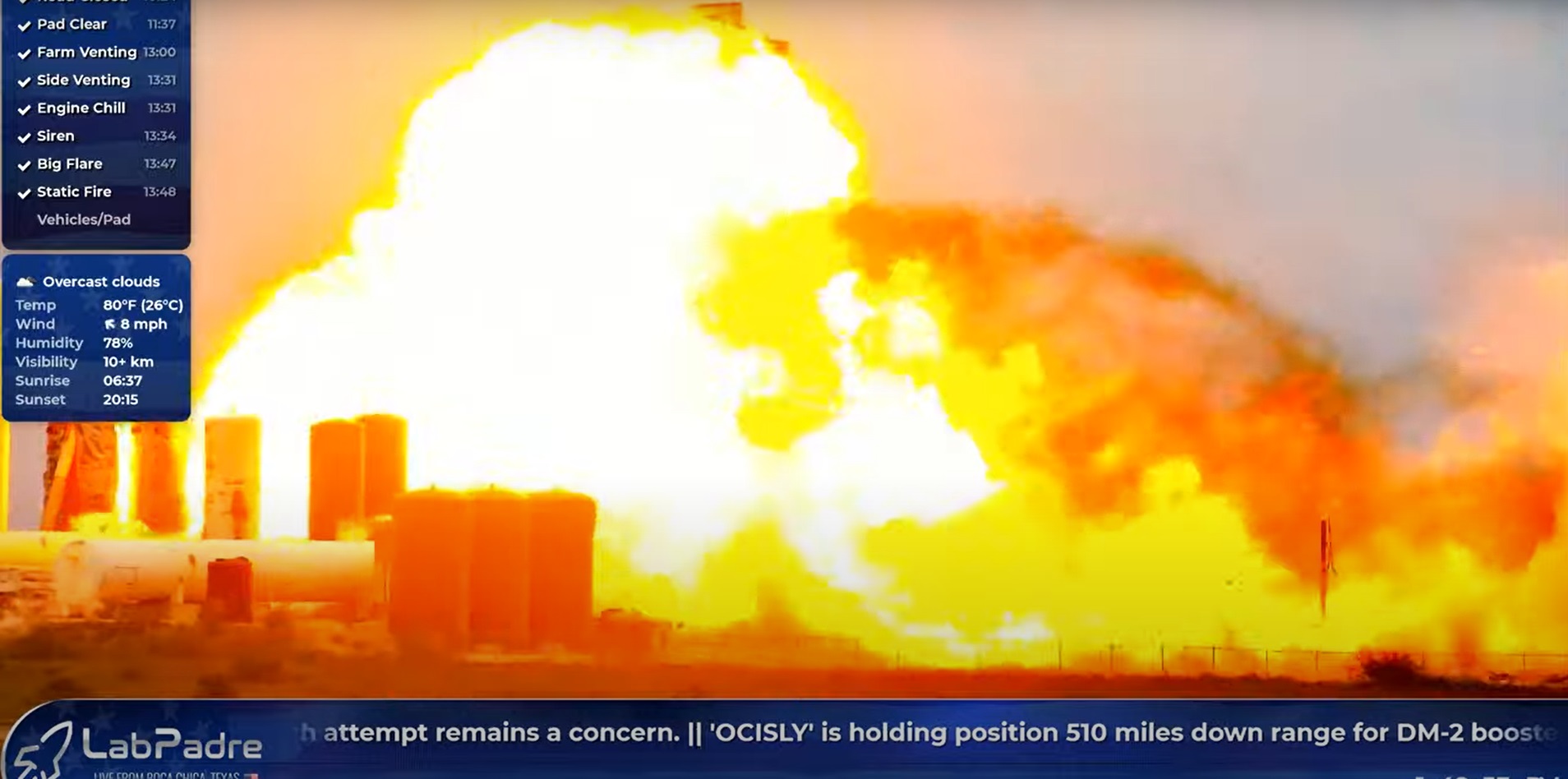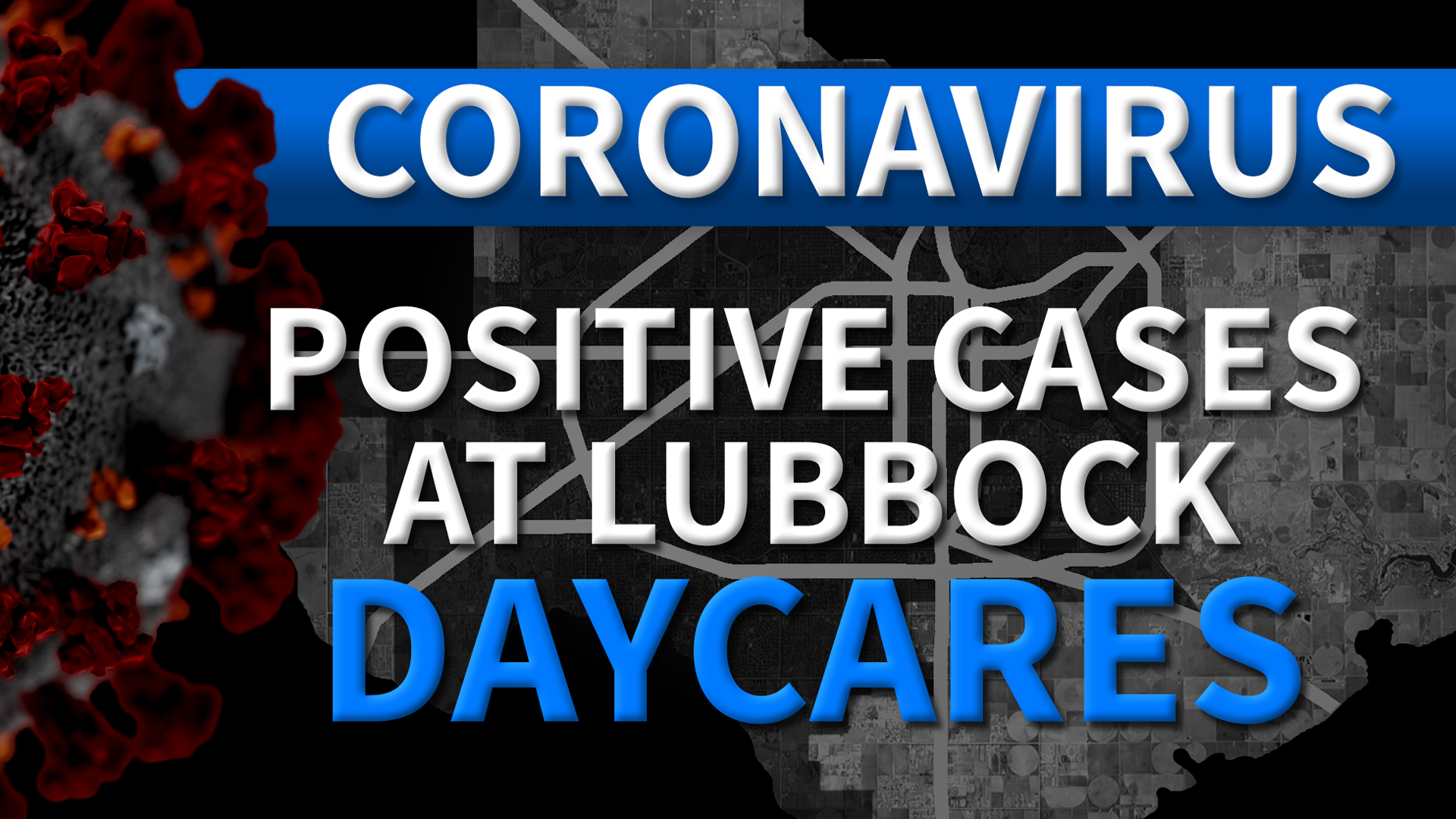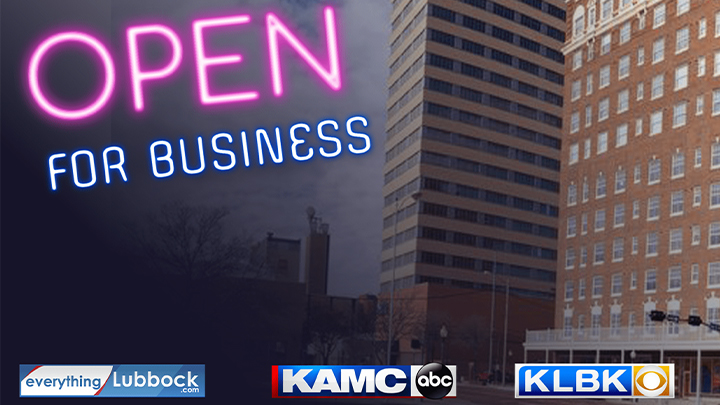A committee of Texas lawmakers dedicated to finding solutions on school security held its first meeting at the Texas State Capitol Monday, just a few weeks after Gov. Greg Abbott held roundtable discussions on the topic.
In late May, Abbott met with victims from the shootings at Santa Fe High School, Sutherland Springs and Alpine, as well as educators and other stakeholders to seek input on ways to improve school safety and reduce violence in schools.
“We’re not just praying,” Sen. Larry Taylor, R-Friendswood, said. “We’re taking action as evidenced by this committee being pulled together to work on this for the near term, as well as the long-term.”
Among the topics discussed were security cameras, hardening school infrastructure and improving screening and detecting of weapons at school entrances.
“I know no one wants to talk about metal detectors, but that’s the only way you’re going to keep guns out of the schools, is to have someone watching to see if whether there are guns coming into the school,” Sen. Joan Huffman, R-Houston, said.
However, some school police officers suggested lawmakers look at other options instead.
“I’m not anti-metal detector,” Mike Matranga, executive director for security and school safety with Texas City ISD, said. “I don’t want anybody to assume that they won’t work. They work in the proper setting and the proper settings are airports, courthouses, things like that where we’re securing what’s on the other side of that metal detector.”
Matranga explained schools wouldn’t have the resources to secure every single doorway within their buildings.
“If I can’t secure every single door, I can alarm them and have something send me a signal that someone or there’s a breach there,” he said. “But by the time I send an officer to that school or to that door, somebody’s already in at that point.”
San Antonio ISD Police Chief Joe Curiel says their schools don’t have metal detectors, but officers within their district do use wands.
“Do we use them on a daily basis every day, not necessarily,” he said. “What we use more is visibility – visibility and the community policing style of policing, engaging with students and their parents, faculty, staff. Again, it’s developing those relationships.”
Taylor acknowledged there wouldn’t be one solution that could solve all problems. Currently, lawmakers don’t know what the potential price tag will be for implementing additional security measures.
“This is a multi-faceted deal,” Taylor said. “It’s going to take a lot of involvement by a lot of people – students watching other students, teachers, intervention counselors, that kind of thing.”
The committee will meet again on Tuesday to discuss the school marshal program as well as other training programs to determine what improvements can be made to provide school districts and charter schools with more security options.










